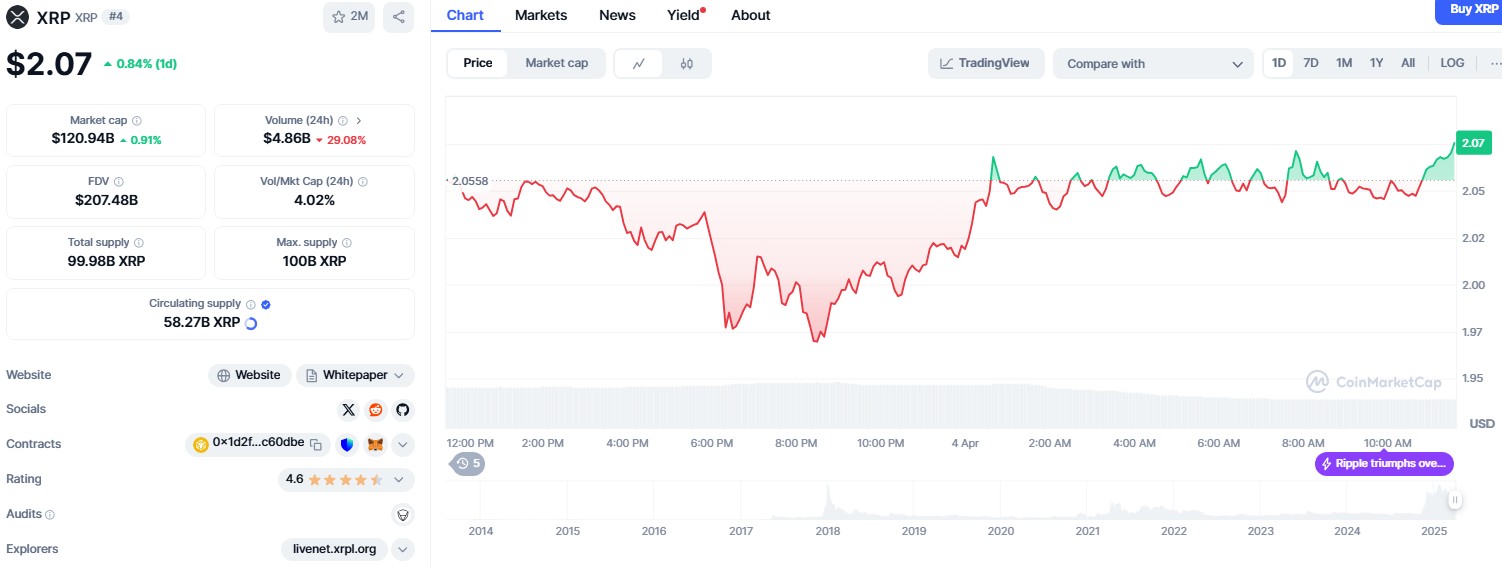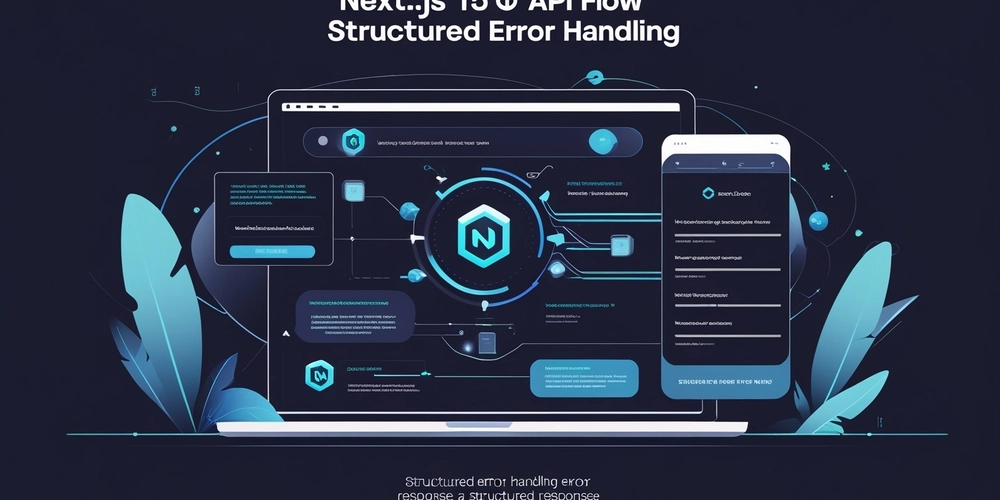Streamlining Remote Development: Strategies & Tools for an Efficient, Flexible Workflow
Balancing Flexibility with Alignment to Achieve Project Goals in a Remote Work Environment In today's development environment, where remote work is the new standard, maintaining an efficient workflow while staying aligned with project objectives can be challenging. Teams must leverage the right strategies and tools to ensure seamless collaboration, adaptability, and productivity. This guide delves into proven methods for optimizing remote workflows, achieving flexibility, and keeping everyone on the same page regarding timelines and goals. Ensuring efficient workflows and maintaining alignment in remote teams requires strategic planning and the right set of tools. Authentic Strategies & Tools for Streamlining Remote Development Workflows In a development environment, certain strategies and tools are widely recognized for their ability to streamline remote work development. But have you ever considered what strategies and tools you use to maintain an efficient workflow while working remotely? It’s essential to ensure flexibility while staying aligned with project goals and timelines. So, let's dive in and evaluate the Strategies & Tools for an Efficient, Flexible Workflow in a Remote Development Environment! (ENVR): Strategies for Efficiency Clear Communication: Establish a communication protocol to minimize miscommunication. Daily stand-up meetings (even virtually) to align everyone on tasks. Asynchronous updates for team members in different time zones. Defined Processes: Use frameworks like Agile or Scrum to break work into manageable sprints. Prioritize tasks through a backlog. Regular sprint reviews and retrospectives to adapt and improve. Documentation: Maintain clear, centralized documentation of code, workflows, and processes. Use wikis or repositories for version control and updates. Focus on Outcomes, Not Hours: Trust the team to deliver results and give them autonomy in how they work. Measure success based on deliverables and milestones. Tools for Workflow Efficiency Project Management: Trello, Asana, or JIRA for tracking tasks, dependencies, and timelines. Collaboration, Read more- Remote Development Environment
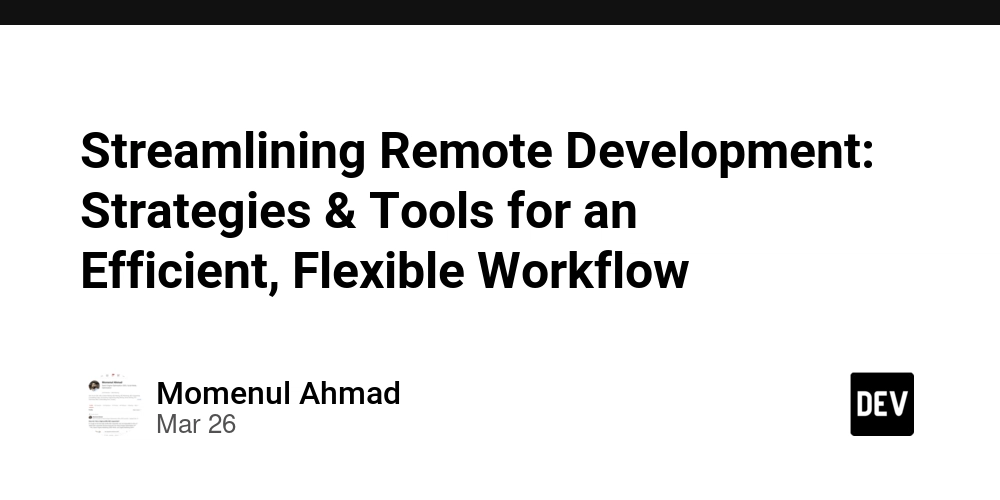
Balancing Flexibility with Alignment to Achieve Project Goals in a Remote Work Environment
In today's development environment, where remote work is the new standard, maintaining an efficient workflow while staying aligned with project objectives can be challenging. Teams must leverage the right strategies and tools to ensure seamless collaboration, adaptability, and productivity.
This guide delves into proven methods for optimizing remote workflows, achieving flexibility, and keeping everyone on the same page regarding timelines and goals.
Ensuring efficient workflows and maintaining alignment in remote teams requires strategic planning and the right set of tools.
Authentic Strategies & Tools for Streamlining Remote Development Workflows
In a development environment, certain strategies and tools are widely recognized for their ability to streamline remote work development. But have you ever considered what strategies and tools you use to maintain an efficient workflow while working remotely? It’s essential to ensure flexibility while staying aligned with project goals and timelines.
So, let's dive in and evaluate the Strategies & Tools for an Efficient, Flexible Workflow in a Remote Development Environment! (ENVR):
Strategies for Efficiency
Clear Communication: Establish a communication protocol to minimize miscommunication.
Daily stand-up meetings (even virtually) to align everyone on tasks.
Asynchronous updates for team members in different time zones.
Defined Processes: Use frameworks like Agile or Scrum to break work into manageable sprints.
Prioritize tasks through a backlog.
Regular sprint reviews and retrospectives to adapt and improve.
Documentation: Maintain clear, centralized documentation of code, workflows, and processes.
Use wikis or repositories for version control and updates.
Focus on Outcomes, Not Hours: Trust the team to deliver results and give them autonomy in how they work.
Measure success based on deliverables and milestones.
Tools for Workflow Efficiency
Project Management:
Trello, Asana, or JIRA for tracking tasks, dependencies, and timelines.
Collaboration, Read more- Remote Development Environment










































































































































































![[The AI Show Episode 142]: ChatGPT’s New Image Generator, Studio Ghibli Craze and Backlash, Gemini 2.5, OpenAI Academy, 4o Updates, Vibe Marketing & xAI Acquires X](https://www.marketingaiinstitute.com/hubfs/ep%20142%20cover.png)


















































































































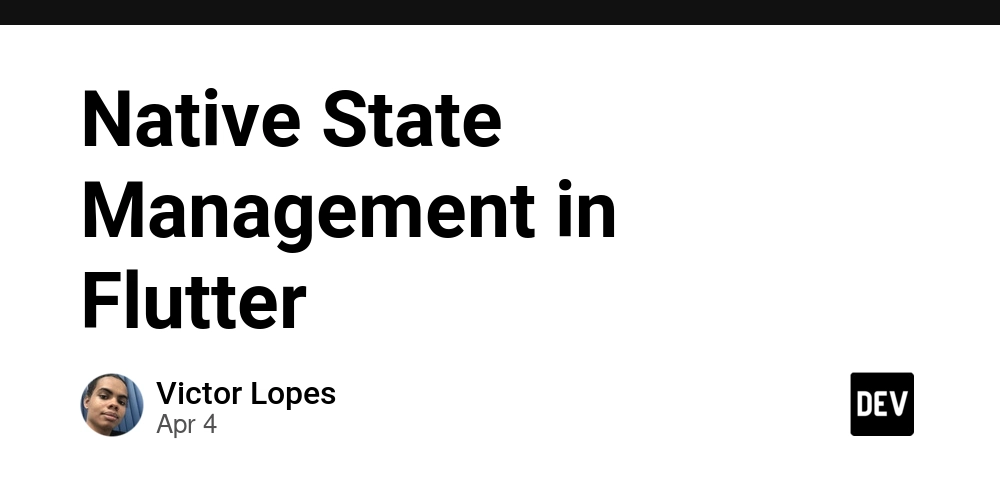


















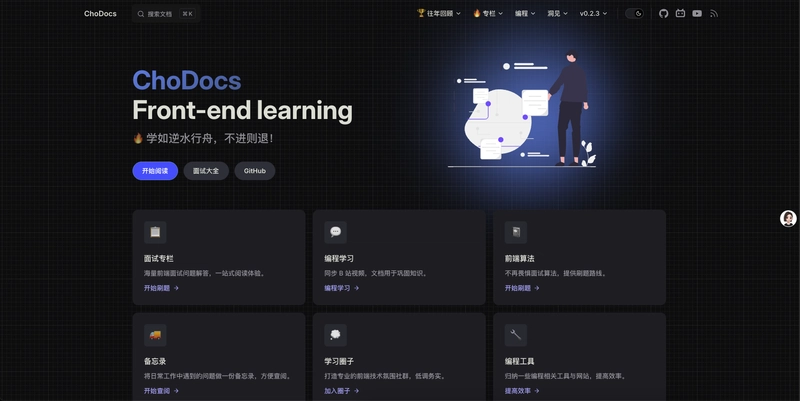










































































































.jpg?#)













































































































































![YouTube Announces New Creation Tools for Shorts [Video]](https://www.iclarified.com/images/news/96923/96923/96923-640.jpg)

![Apple Faces New Tariffs but Has Options to Soften the Blow [Kuo]](https://www.iclarified.com/images/news/96921/96921/96921-640.jpg)













































































































